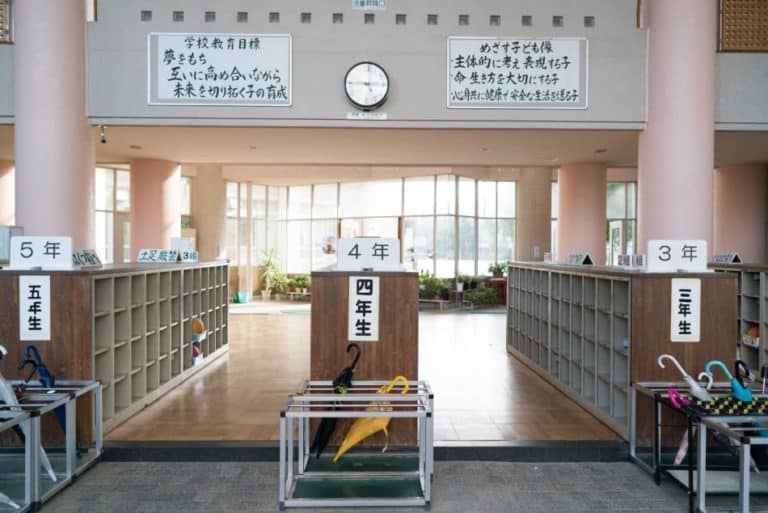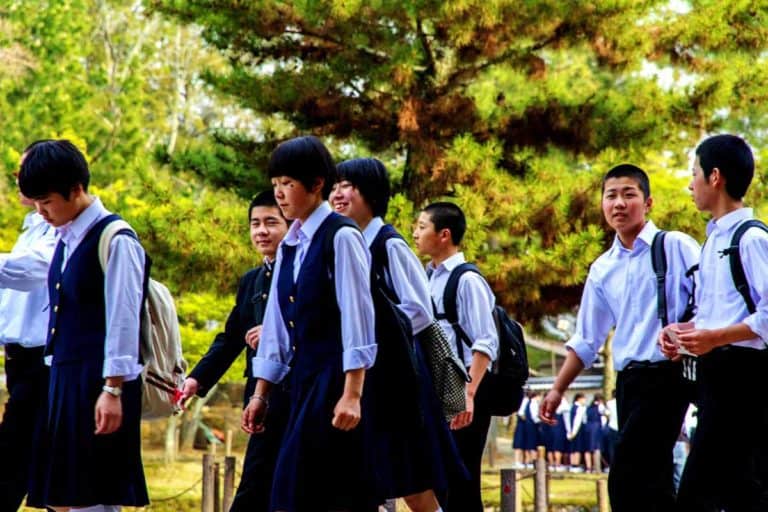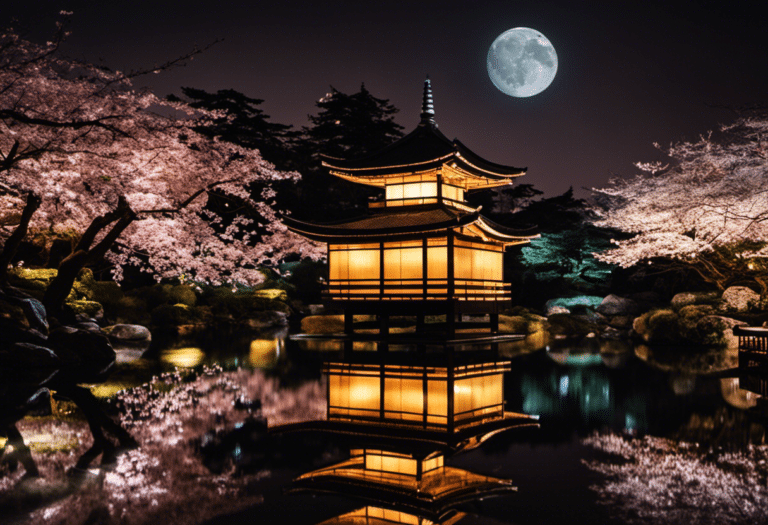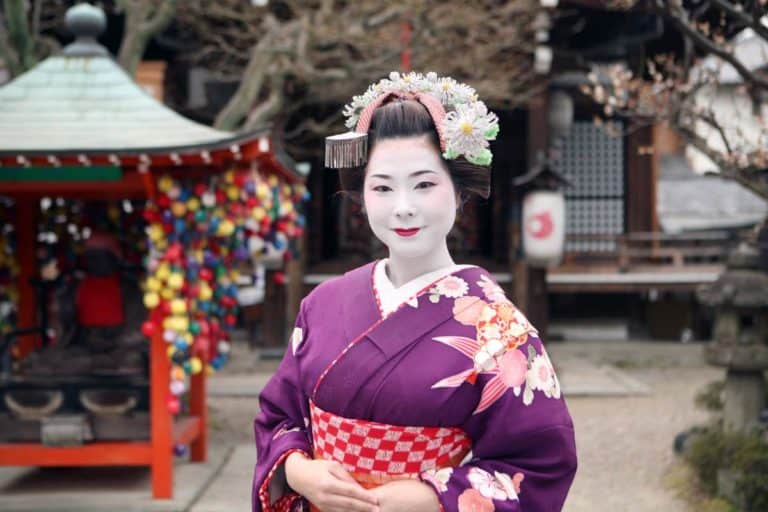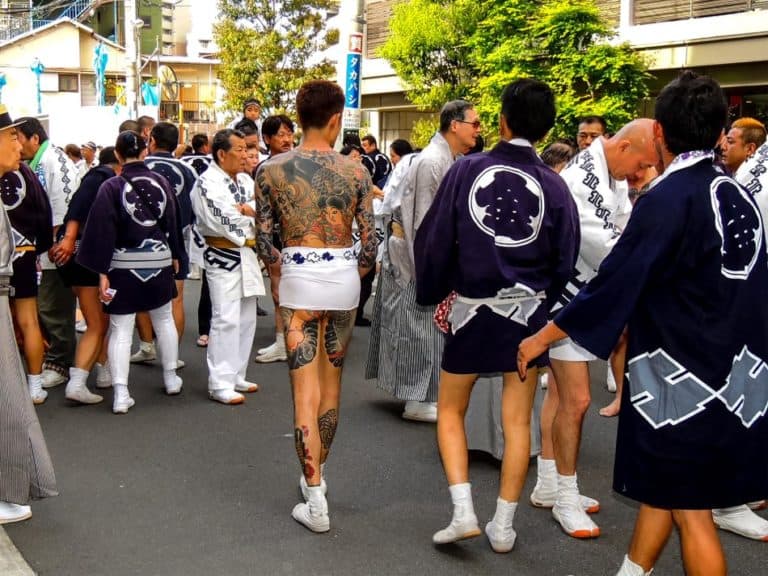What Is the History of Kabuki Theater?
Have you ever imagined being transported to 17th-century Japan, where vibrant costumes, mesmerizing music, and captivating performances come together in Kabuki theater?
Well, get ready to embark on a journey through time as we delve into the rich history of this traditional art form.
From its humble origins to its global recognition as a UNESCO World Intangible Cultural Heritage, discover the fascinating story behind Kabuki theater and the enduring legacy it continues to leave on the stage.
Key Takeaways
- Kabuki Theater emerged in the early 17th century in Japan, initially performed by female actors.
- Women were eventually banned from performing in kabuki due to the explicit nature and involvement of prostitutes.
- The rise of onnagata, male actors specializing in female roles, marked the birth of a new art form.
- The Meiji Restoration brought significant changes to Kabuki Theater, including including female performers, introducing Western theater techniques, and adopting more realistic and contemporary themes.
The Origins of Kabuki Theater: From Izumo No Okuni to the Birth of a New Art Form
You should explore the origins of Kabuki Theater, from Izumo No Okuni to the birth of a new art form.
Kabuki Theater, a vibrant and captivating Japanese performing art, emerged in the early 17th century.
Its roots can be traced back to the unconventional performances of Izumo No Okuni, a female performer who shocked audiences with provocative and entertaining acts. These performances, known as kabuki, quickly gained popularity among ordinary people.
However, due to their explicit nature and the involvement of prostitutes, the government eventually banned women from performing in kabuki. This led to the rise of onnagata, male actors who specialized in playing female roles.
The birth of this new art form, with its rich history and diverse characters, provided an outlet for freedom of expression and creativity, captivating audiences with its unique blend of drama, music, dance, and elaborate costumes.
Government Bans and Gendered Roles: Exploring the Impact on Kabuki Theater
Sometimes, government bans can profoundly impact Kabuki Theater, especially regarding gendered roles and the portrayal of female characters.
Throughout history, there have been instances where the government has imposed restrictions on Kabuki performances, leading to significant changes in the art form.
Here are a few examples:
- Ban on female performers: In the early 17th century, the Tokugawa government prohibited women from appearing on stage, leading to the emergence of onnagata, male actors specializing in female roles. This ban not only shaped the aesthetics of Kabuki but also influenced societal views on gender.
- Censorship of controversial themes: At various times, the government censored Kabuki plays that criticized or mocked the ruling class. These restrictions forced playwrights to find creative ways to express their discontent while avoiding confrontation.
- Regulation of costumes and makeup: The government mandated strict rules on the extravagant costumes and makeup used in Kabuki, aiming to control the excessive spending by actors and maintain social order.
These government bans and regulations had a lasting impact on Kabuki Theater, shaping its development and influencing the portrayal of gender and societal issues on stage.
However, it was during the Meiji Restoration that Kabuki experienced a significant turning point in its evolution.
The Meiji Restoration: A Turning Point in Kabuki Theater’s Evolution
The Meiji Restoration changed Kabuki Theater’s evolution, transforming it into a more modern and progressive art form.
During this political and cultural transformation period in Japan, Kabuki Theater underwent a series of reforms that aimed to align it with the values of the new era. The table below illustrates some of the key changes that occurred during this time:
| Changes in Kabuki Theater during the Meiji Restoration |
|---|
| Shift from male-only actors to include female performers |
| Introduction of Western theater techniques and aesthetics |
| Adoption of more realistic and contemporary themes |
These changes revolutionized the performance style and challenged societal norms and expectations.
Kabuki Theater became a platform for artistic expression and social commentary, reflecting the desire for freedom and progress of the Meiji era. As a result, Kabuki Theater gained a wider audience and became a symbol of Japan’s cultural modernization.
This recognition of Kabuki Theater’s cultural significance and its ability to transcend national borders is further underscored by its inscription as a UNESCO World Intangible Cultural Heritage.
This global recognition highlights the universal appeal and enduring legacy of Kabuki Theater, solidifying its place as a cherished art form that continues to captivate audiences worldwide.
Kabuki Theater as UNESCO World Intangible Cultural Heritage: A Global Recognition
There are several reasons why Kabuki Theater’s recognition as a UNESCO World Intangible Cultural Heritage is a significant global achievement.
- Kabuki Theater represents a rich cultural tradition that dates back over 400 years, making it an essential part of Japan’s heritage.
- This recognition ensures the preservation and promotion of Kabuki Theater, safeguarding it for future generations to enjoy and appreciate.
- The UNESCO designation also brings international attention to Kabuki Theater, increasing its global visibility and attracting a wider audience.
Kabuki Theater’s recognition as a UNESCO World Intangible Cultural Heritage is a testament to its enduring artistic and cultural value.
It signifies the acknowledgment of Kabuki Theater as a unique and irreplaceable art form with immense historical and cultural importance.
This recognition ensures the preservation of Kabuki Theater and grants it the international recognition it deserves. Kabuki Theater has always been a symbol of freedom and self-expression, allowing performers to embody characters and emotions in a way that captivates audiences.
Its recognition as a UNESCO World Intangible Cultural Heritage further solidifies its place in the global cultural landscape, ensuring that this art form will continue to inspire and entertain for future generations.
The Legendary Ichikawa Family: Their Enduring Legacy in Kabuki Theater
You can’t discuss the enduring legacy of the Ichikawa family in Kabuki Theater without acknowledging their immense contributions to the art form.
For generations, the Ichikawa family has been synonymous with excellence in Kabuki Theater, captivating audiences with their mesmerizing performances and pushing the art form’s boundaries. From their refined acting techniques to their innovative stage designs, the Ichikawa family has left an indelible mark on the world of Kabuki.
Their commitment to preserving tradition while embracing innovation has allowed Kabuki to evolve and remain relevant in a constantly changing world. The Ichikawa family’s dedication to their craft and their unwavering passion for Kabuki have inspired countless artists and continue to shape the future of this vibrant art form.
Their legacy serves as a reminder of the enduring power of theater and the freedom it provides to express the depths of the human experience.
Frequently Asked Questions
How Has Kabuki Theater Evolved?
Over time, Kabuki theater has evolved into a captivating art form. Its rich history and unique drama, dance, and music blend have captivated audiences. Let’s explore how this ancient tradition has transformed and adapted to the changing times.
What Are the Key Elements of a Kabuki Performance?
You want to know the key elements of a kabuki performance. Well, my friend, let me tell you, kabuki is a vibrant blend of drama, music, dance, and stunning visuals that will leave you breathless.
How Has Kabuki Theater Influenced Other Forms of Theater?
Kabuki theater has greatly influenced other forms of theater, allowing for innovative storytelling techniques and blending traditional and contemporary elements. Its impact can be seen in diverse genres around the world.
How Has the Role of Women in Kabuki Theater Changed Throughout History?
Throughout history, the role of women in kabuki theater has undergone significant changes. From being banned altogether in the 17th century to gradually gaining acceptance and now playing both male and female roles, women have proven their talent and contributed to the evolution of this captivating art form.
What Famous Kabuki Plays or Performances Have Left a Lasting Impact?
Some famous kabuki plays or performances that have left a lasting impact include “Kanjincho,” “Chushingura,” and “Sukeroku.” These captivating productions showcase kabuki theater’s rich history and artistry, leaving audiences in awe of its beauty and storytelling.
Conclusion
In conclusion, the rich history of Kabuki theater is a testament to its enduring cultural significance. With its origins dating back to the 17th century, Kabuki has survived government bans and gendered roles to become recognized as a UNESCO World Intangible Cultural Heritage.
One fascinating statistic is that the Ichikawa family, a legendary dynasty of Kabuki actors, has been performing for over 300 years, highlighting this traditional art form’s remarkable longevity and influence.
As a theater historian and cultural expert, it’s clear that Kabuki theater holds a special place in the hearts of both Japanese and global audiences.

